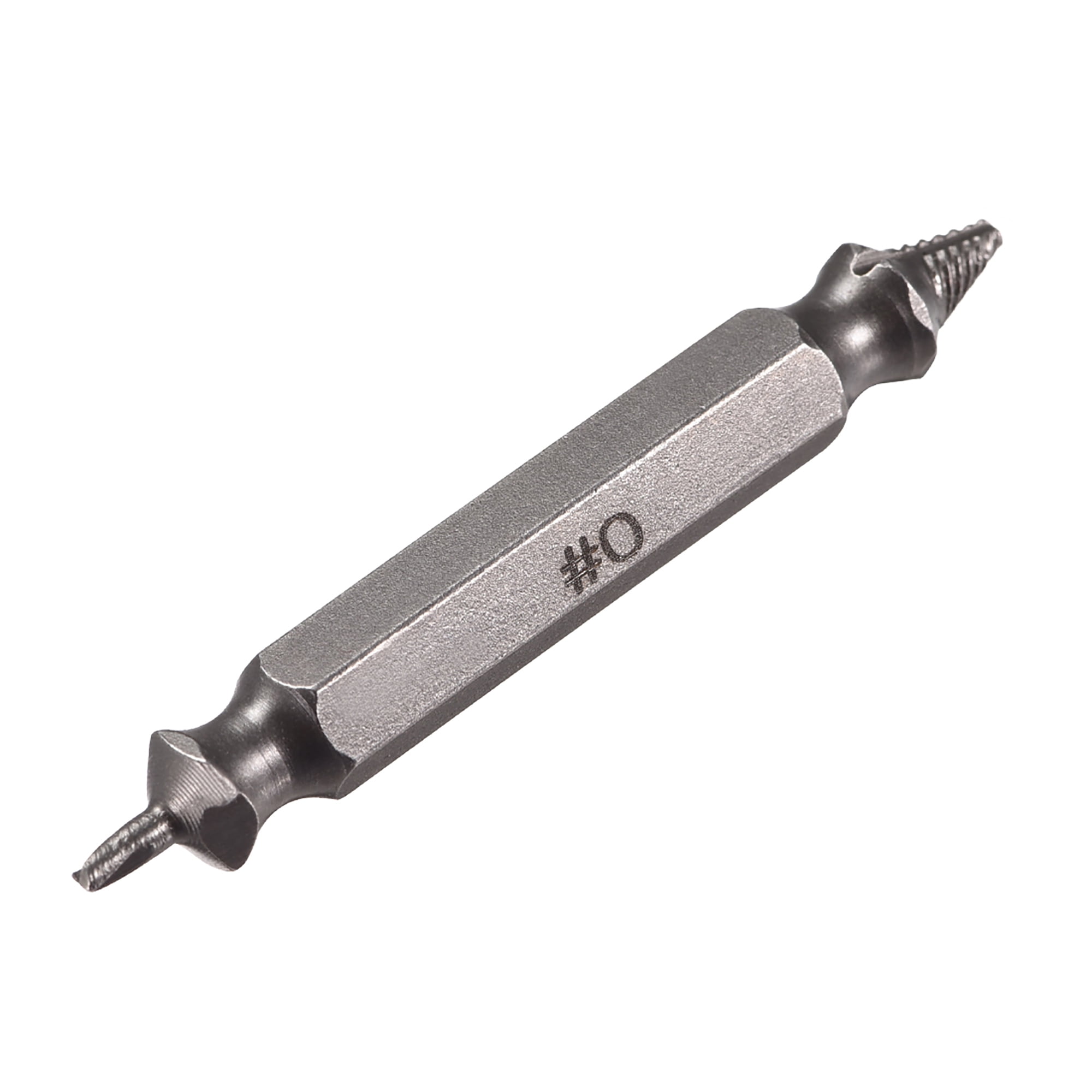
“It's important to use the safest and gentlest wax kits available to avoid irritating, burning, and potentially scarring your skin," says Dr. This will allow you to see if it is gentle enough for your skin. And whatever you use, first test the wax in an area on your body that isn't too visible. If you have sensitive skin, look for waxing kits that include skin-soothing ingredients, like castor and almond oils or aloe. The tradeoff? You're limited to the size of the included strips, so look for kits with multiple sizes if you're targeting different areas of the body.

Novices may also appreciate waxing kits that come with pre-loaded strips, since they're less messy and require less precision. Ideally, beginners should look for kits that contain everything you need to get the job done-wax, strips, and finishing oil, at minimum. That said, hard wax gets a better grip on thick, coarse hair. Saedi recommends soft wax for larger areas because it is a quicker process than using hard wax. Whether you use soft or hard wax is your preference, but Dr. With thanks to:Michael Harpur, Yacht Obsession.Women's Health What to Look for in a Home Waxing Kit Wax type Thus, if the fastener breaks, a punch can be used to drive out the bolt extractor out from the screw, via the back, or end, of the fastener. One way to avoid the risk of this added difficulty is to drill a hole completely through the seized screw. Since the extractor is an extremely hard material you will not be able to drill into it so a larger element of difficulty is added to the original screw extraction project. Even worse being made of hard, brittle steel, they can break off inside the screw that is being removed if too much torque is applied. This wedging action can lock the screw even more tightly in place, making it difficult or impossible to extract. A drawback to tapered screw extractors is that their wedge action tends to expand the drilled, and thus weakened, screw. Screw extractors are not without their own problems. The stub remover should dig in tight and un-turn the bolt. 6/ Turn anti-clockwise with an adjustable wrench.5/ Hammer the appropriate sized stub remover into the hole until it is securely wedged.This should be a size or two smaller than the diameter of the bolt shaft. 4/ Follow this by drilling in the hole for the stub remover.3/ Create a starter-hole with a small drill bit.2/ Locate and mark the bolt's centre with a centre-punch and tap it.1/ File or grind the remaining head of the bolt until it is flat.


The process of removing a sheared off bolt with a stub-remover is as follows: As always before any work is attempted on a seized screw or bolt use penetrating oil and heat if possible. We are focusing on the latter extractor tool here, as pictured above. Where you drill a hole normally, and then extract with the screw extractor in a reverse direction so that it pulls the screw out. These are mostly used for screws that have had their heads stripped Self-drilling broken screw extractors that you simply use on the screw in a reverse direction and it will drill + extract. With threads like a drill bit running in the reverse direction, the screw extractor grabs a broken bolt and twists it out of its attachment point.įirst off and for clarity, there are two kinds of extractors: Because the bits are tapered a single bit may be hammered and screwed tightly into a range of holes. The tops of each bit have a square head to support turning with a flat or adjustable wrench. Success with these can vary but they are not an expensive tool and anything that avoids drilling out the broken off bolt and retapping is well worth trying.īolt extractors are small hardened bits with tapered left-hand threads. When a bolt has sheared off, and left nothing protruding for a stud extractor to grip upon, one approach is a screw or bolt extractor often also known as 'easy outs'.


 0 kommentar(er)
0 kommentar(er)
